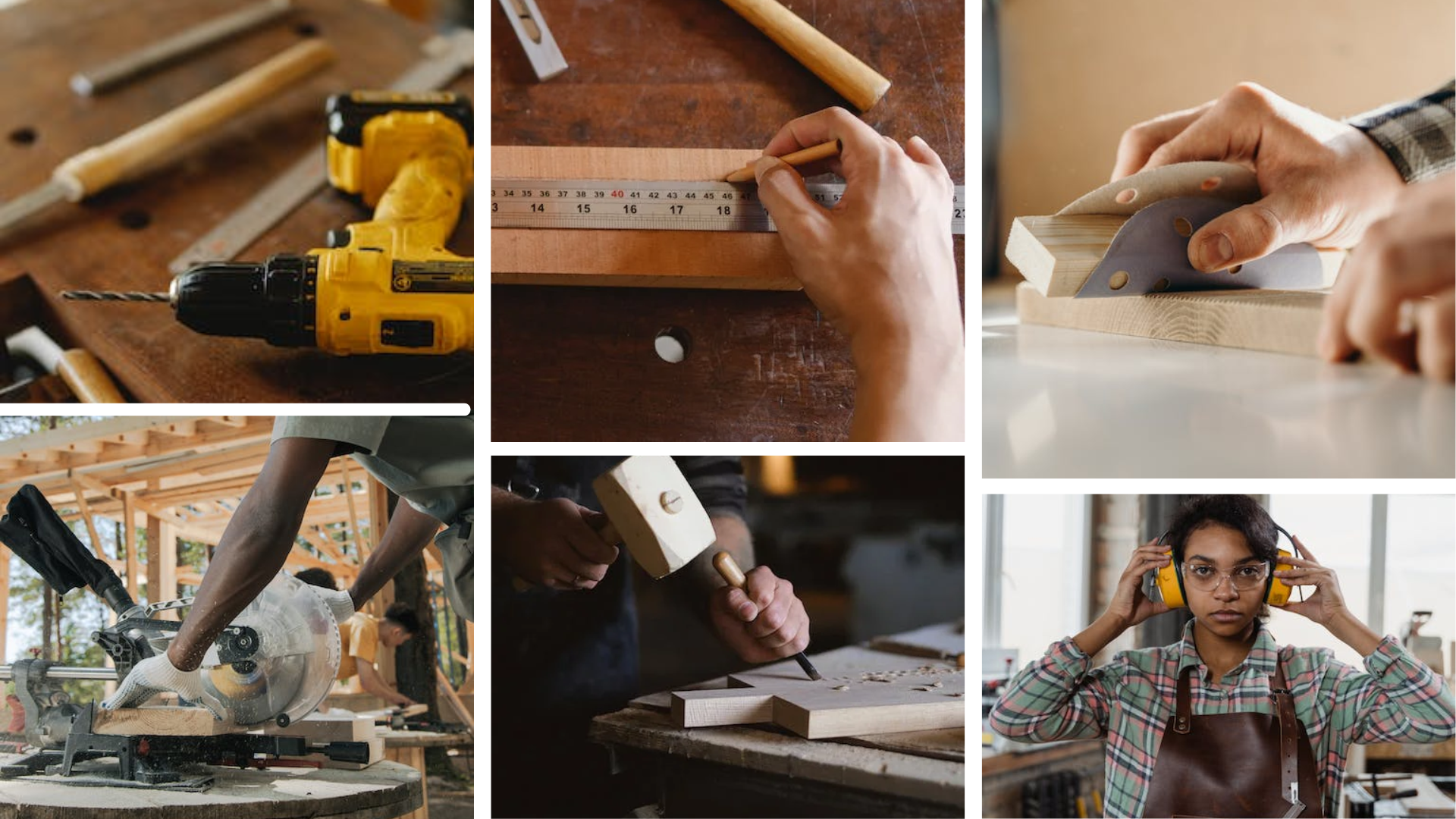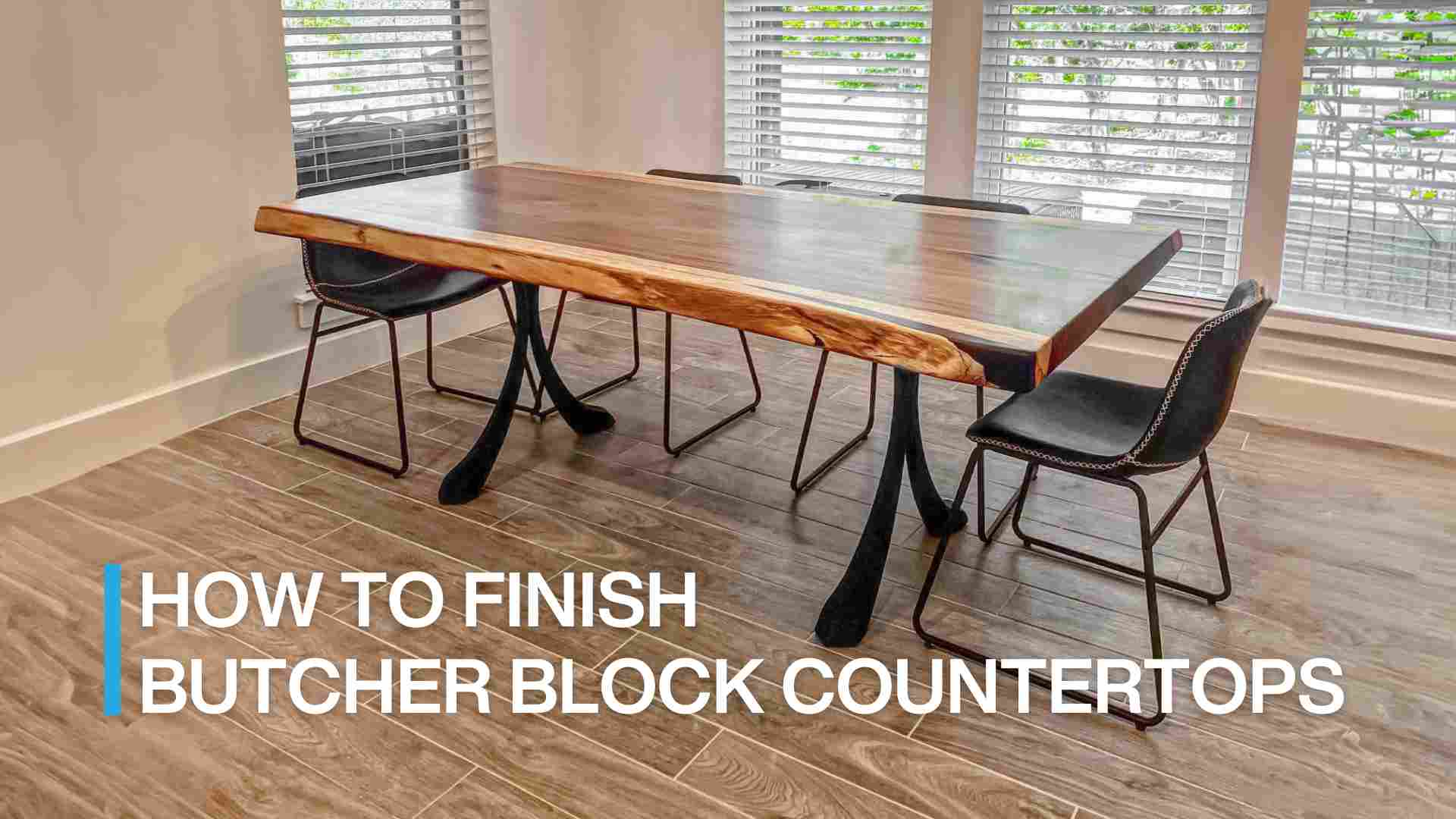How to Make Coffee Table Legs: Easy DIY Guide
Small, low tables called "coffee tables" are used for serving coffee or displaying books and magazines. To make the ideal centerpiece for your living area, we can mix several types of tabletops and legs. In order to save time and discover distinctive designs to improve the aesthetic value of the space, many people select plastic and metal table legs. For those who want to cut costs and foster our inventiveness, we can absolutely manufacture the coffee table legs ourselves at home.
DIY coffee table legs may serve as both useful furniture and a decorative element for the entire living space. In this article, you may find directions on how to build coffee table legs at home.
Design Considerations
Coffee table legs come in a variety of designs, including hairpin, turned, and tapered table legs. Each of them is exquisite and valuable in terms of aesthetics. Aside from that, the X-shaped wooden coffee table leg is an excellent choice for DIY projects while still maintaining the value, harmony, and exquisiteness of the overall room décor.

A coffee table leg should be approximately 16 inches tall. First, we need to gather the equipment and supplies listed in the section below:
Gathering Materials and Tools
List of required materials
- Wooden beams (3,5"W x 3,5"L x 16"H) (04);
- Wood glue (01);
- Sawdust;
- Mounting plates (04);
- Thread inserts and bolts;
- Wood oil/ paint and brush (optional).

Essential tools needed for the project
- Electric screwdriver (01);
- Milter saw (01);
- Measuring tape (01);
- Pencil (01);
- Ruler (01);
- Chisel (01);
- Clamp (02);
- Sandpapers (optional);
- Glass and gloves (optional).

Step-by-Step Instructions
Step 1: Measure your wooden beams
By using a measuring tape, ensure that the 04 wooden beams are the same size. Then, mark the center of the beams (at 8"L).

Step 2: Cut both sides of the beams
Cut both sides of the beams with your milter saw at a 45-degree angle.

Step 3: Pinpoint the area
Measure 1,5 inches on either side of the beams' central point, then draw a line at those measurements. You will see a designated area after completing Step 3 which will be removed in the next stage.

Step 4: Remove the specified area
For your miter saw, set the depth stop at 1,75 inches. Then, make a cut every few millimeters with the miter saw to remove the specified region from Step 3.

Step 5: Smooth down the roughness
Use the chisel to smooth down the roughness after breaking off the remaining bits. Continue repeating this for the remaining beams.

Step 6: Apply wood glue
After completing Step 5, apply wood glue evenly to the area that we sculpted in the previous steps.

Credit: ©EasyBuy4u on Canva.com
Step 7: Glue two timbers together
Glue two timbers together. Then repeat with the remaining beams, sanding the wooden table legs if necessary. To give the table legs a more appealing appearance and to increase their endurance, you can also apply wood oil or paint them.

Step 8: Fix the table legs
Fix the table legs with clamps and let them dry for a day. The mounting plate can be attached to the underside of the table legs in the meantime.

Credit: ©Jupiterimages on Canva.com
Step 9: Mark the location
When the table legs are completely dry, place them on the tabletop and mark the location where the X-shaped legs will be attached to the table.

Step 10: Fasten the X-shaped legs
Pre-drill holes in the appropriate locations, and then fasten the X-shaped legs to the tabletop with bolts and thread inserts. We're almost done with this step.

Before using the coffee table officially, be sure to verify its capacity and stability. Checking the coffee table legs frequently can help you preserve and take excellent care of them. To keep wooden goods out of the weather and direct sunshine, the interior is the ideal place for putting them.

Credit: Flowyline Design
Related products:
Spending time at home creating DIY projects may help us save money while also increasing our creativity. The instructions above are 10 simple steps for making DIY wooden X-shaped coffee table legs for beginners. We hope that you will all find this blog to be helpful.



Comments
Post a Comment